I have a love/hate relationship with Sultanahmet, otherwise known as the historic peninsula in Istanbul, where most of the oldest sites and tourist attractions are. On one hand, it’s a beautiful and deeply historic neighborhood, and everywhere you turn there are buildings and monuments that are hundreds and thousands of years old. It is where the Grand Bazaar, Topkapı Palace, Hagia Sophia, and the Blue Mosque are located. It’s clean, well-kept, and beautifully landscaped. It is worth seeing at least once in your lifetime.
On the other hand, the areas around the ferry stations and Spice Bazaar are so crowded, both with tourists and sketchy people trying to scam the tourists, that walking through it all to get to the other sites is irritating at best and deeply unpleasant at worst. The scammers don’t disappear in the other areas and you have to be careful of who you talk to, which gives it a seedier feeling than other parts of the city. And the one time I went to Sultanahmet without my husband– I took my (female) cousins when they were visiting– men yelled after us and harassed us all day long, which was infuriating and embarrassing since I was trying to show my cousins how great Turkey can be. (Never judge a city or a culture based on the most touristy area; it seems to be where jerks tend to congregate.)
Still, I end up going to Sultanahmet about once a year because the sites are too amazing to stay away from for long, and this past weekend my husband and I took the ferry over. We went to the Basilica Cistern, which is normally amazing but is currently undergoing a renovation that will last until 2019, so it didn’t quite have its full glory. Still, the Medusa heads are always interesting to see.
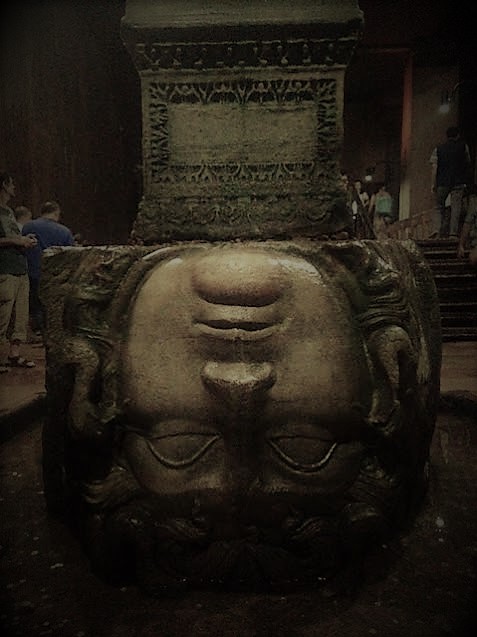
Afterwards we wandered over to Hagia Sophia and took in the sights there, including petting the cat that lives in the 1,500 year old church-turned-mosque-turned museum.
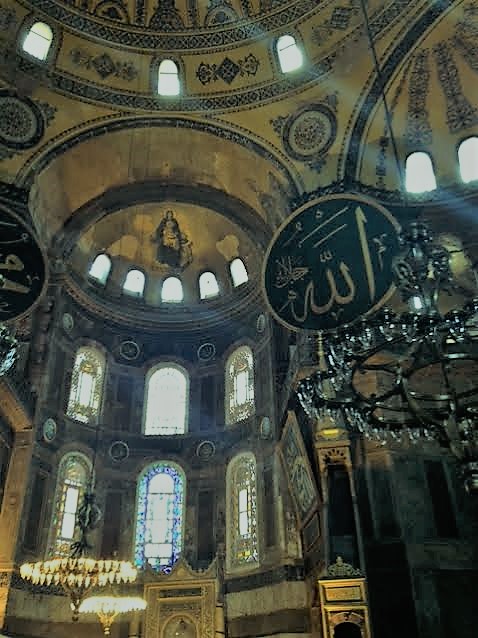
And then we decided to check out one of the lesser-known mosques, Süleymaniye Cami (cami means mosque in Turkish), and it turned out to be the highlight of the day.
It’s easy to find Süleymaniye Mosque: you directly see if from the ferry area or the Galata Bridge, depending on how you go to Sultanahmet. It sits on top of a hill overlooking the Golden Horn and cuts an impressive image even from far away. I remember staring at it during my first trip to Istanbul in 2013 and thinking, “Huh, that looks important.”
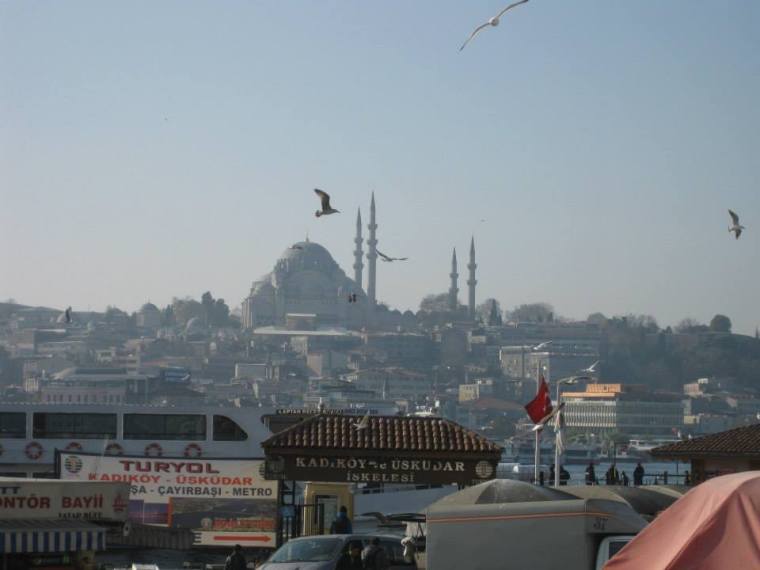
And it is important. It was built by the most famous architect of the Ottoman Empire, Mimar Sinan, in the 16th century, and it is the burial place of the Sultan Süleyman the Magnificent (hence the name) and his equally-famous wife Sultan Hürrem. (Their story has been made even more famous by the TV show Muhteşem Yuzyıl, or the Magnificent Century, which oddly enough is available on Netflix in America but not in Turkey.) They each have their own buildings with their tombs inside.
Süleymaniye Mosque’s beauty starts before you even go inside the building. Since it is on top of a hill, it offers an amazing view of Istanbul, including the Golden Horn, Galata Tower, Bosphorus, and the first bridge of the city that connects Europe to Asia. It feels like you’re on top of the world. And the grounds are meticulously kept, with lush green lawns and a beautiful cemetery.
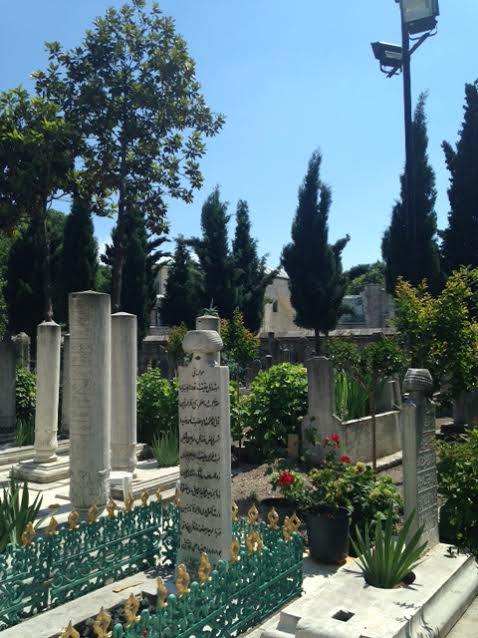
On the day that we were there, it was not crowded at all, and there were very few tourists. There were a lot of Turkish families that were lounging on picnic blankets on the lawn, in the shade of the many trees, and their children were running around. There were no scammers and the people working at the mosque were friendly and laid-back. It had a completely different vibe than the tourist-inundated Blue Mosque, where workers have to be strict to control the throngs of people.
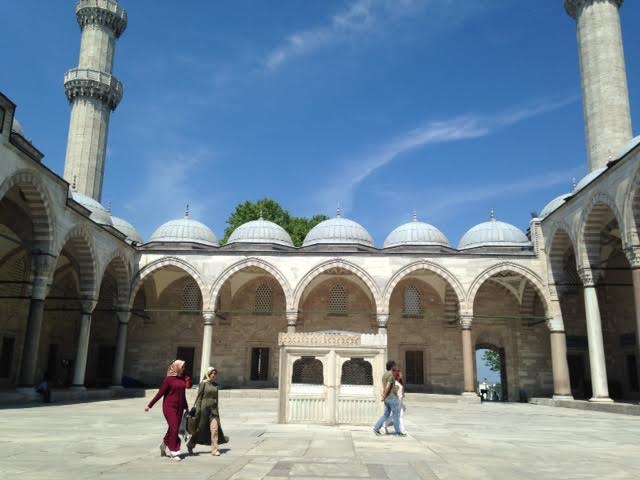
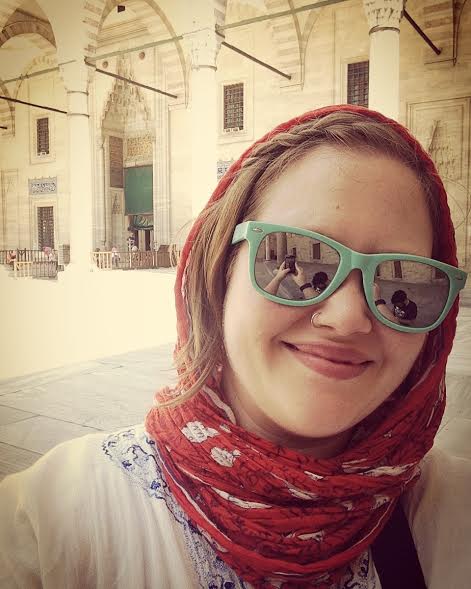
Inside, the mosque has been restored as recently as 2007, and it doesn’t look five hundred years old. It has a red-orange carpet and the typical tiles and calligraphy of Ottoman-style mosques, but its main dome is interesting and sets it apart from others: it was destroyed by a fire in the 19th century and when it was rebuilt, they painted it in the Italian style that was popular at the time in Europe but is rarely seen in Turkey. They also have young, very friendly, and English-speaking volunteers who are happy to answer any questions you have.
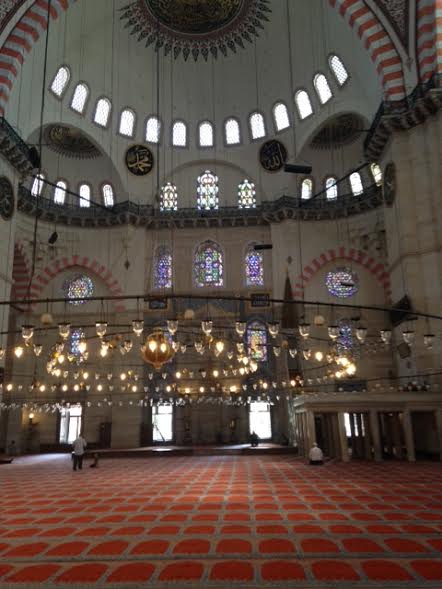
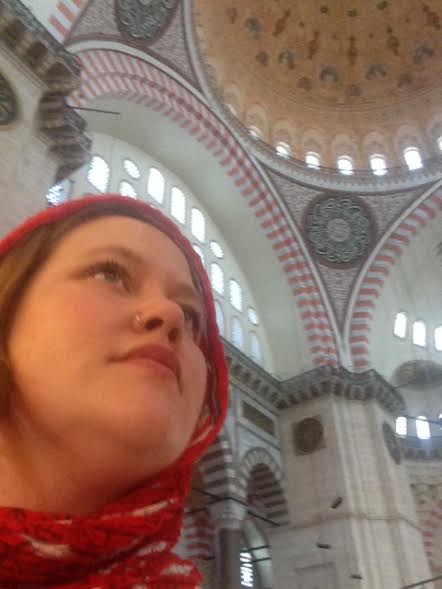
(As a bit of an aside that might be helpful for people who are visiting Turkey for the first time, here are some tips for visiting mosques: women should cover heads and shoulders; short sleeves are okay; shorts and short skirts are not; some mosques will not let in anyone who has the bottom part of their legs exposed, including men in knee-length shorts, but it really differs from mosque to mosque with how strict they are with that. You have to take off your shoes before going in and every mosque is VERY strict with this. There will always be a place for you to leave your shoes close to the door; some mosques will let you carry them in as long as they are in a place bag, or if you are just carrying them in your hand, make sure the soles are pointing up. If you are wearing shorts/a tank top/don’t have a scarf to cover your head, they will have clothes and scarves there that you can borrow–I have seen many men wearing borrowed skirts over their shorts in mosques–but I recommend just taking a more modest outfit with you to wear on the day(s) that you will be visiting those places, and sticking a scarf in your bag to throw over your head. Also, there are usually separate entrances for people going into the mosque to pray and those who are just visiting, so follow the signs, which will most likely be in English.)
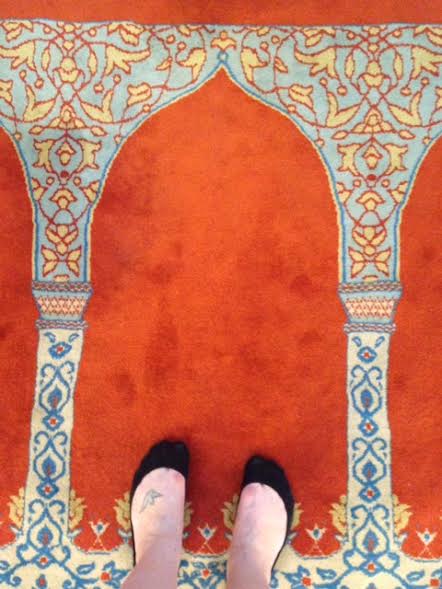
I’m really glad that we decided to branch out a bit and visit someplace new. I definitely recommend going to the better-known Blue Mosque because it’s absolutely stunning and worth seeing, but the Süleymaniye Mosque is worth a visit too, and is especially great if you’ve grown tired of the crazy atmosphere and crowds at the tourist sites. This was also a really good reminder that even though I’ve been living in Istanbul for almost three years now, there are still so many places here I haven’t seen. Sometimes it’s fun to go sightseeing in your own city.
And overall, the thing that struck me most about the Süleymaniye Mosque was just how quiet and calm it was, up on the hill all by itself. In a city of 15+ million people, that is worth its weight in gold and jewels; even a sultan could tell you that.

Beautiful. Would love to visit instanbul one day…just kinda worried with all the political stuff that has been happening
LikeLiked by 1 person
Istanbul is an amazing city, and honestly, I don’t think it’s any more dangerous right now that most other major European cities. Definitely put it on your to-travel list after the world calms down a bit– it’s worth seeing, absolutely.
LikeLiked by 1 person
got it thanks!!
LikeLike